What Is Payload Capacity On A Trailer
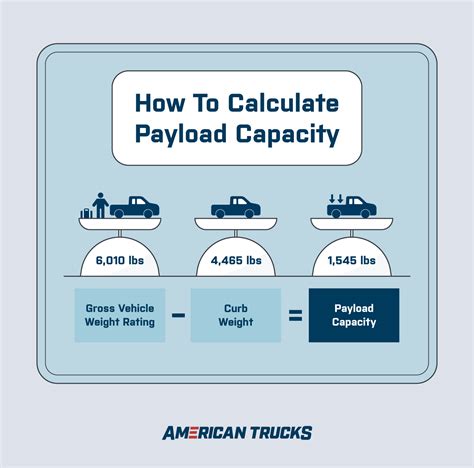
The payload capacity of a trailer is a crucial factor to consider when transporting goods or equipment. It determines the maximum weight that the trailer can safely carry, ensuring a balanced and secure journey. Understanding payload capacity is essential for both commercial and recreational trailer users to avoid overloading and potential safety hazards. In this comprehensive guide, we delve into the intricacies of trailer payload capacity, exploring its definition, calculation, and the various factors that influence it.
Understanding Trailer Payload Capacity
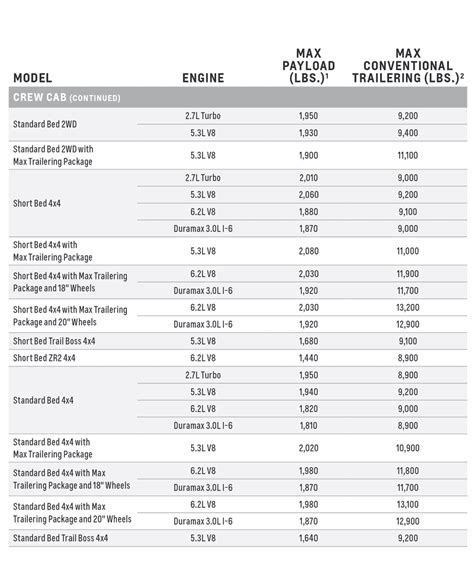
Payload capacity, often referred to as cargo capacity, is the maximum weight a trailer can carry, excluding the weight of the trailer itself and its essential components. It is a critical consideration for anyone utilizing trailers, as overloading can lead to dangerous situations on the road. Trailer payload capacity is determined by a combination of factors, including the trailer’s design, its intended use, and local regulations.
Key Factors Influencing Payload Capacity
Several factors play a role in determining the payload capacity of a trailer. These include:
- Trailer Axle Weight: The weight distribution across the trailer’s axles is crucial. Different axle configurations and their weight capacities influence the overall payload.
- Trailer Design and Build: The materials used, the trailer’s construction quality, and its intended purpose all impact its weight-bearing capabilities.
- Local Regulations: Different regions may have specific regulations regarding trailer weight limits, which must be adhered to for legal and safety reasons.
- Vehicle Towing Capacity: The towing vehicle’s capacity to pull and brake the trailer safely must be considered to ensure a safe journey.
- Load Distribution: Evenly distributing the cargo across the trailer is essential to maintain stability and avoid potential issues during transport.
Calculating Payload Capacity
Calculating the payload capacity of a trailer involves several steps. Here’s a breakdown of the process:
- Determine Trailer Weight: Start by knowing the weight of the empty trailer, including any accessories or modifications.
- Consider Axle Weight: If the trailer has multiple axles, calculate the weight capacity of each axle and ensure the total weight doesn’t exceed the manufacturer’s specifications.
- Account for Vehicle Towing Capacity: The towing vehicle’s capacity should be taken into consideration to ensure it can handle the trailer’s weight.
- Subtract from Gross Vehicle Weight Rating (GVWR): GVWR is the maximum weight a vehicle can safely carry, including the trailer and its cargo. Subtract the empty trailer weight and the towing vehicle weight from the GVWR to get the payload capacity.
For instance, if a trailer has a GVWR of 5,000 lbs and the towing vehicle weighs 3,500 lbs, the payload capacity is 1,500 lbs, assuming the empty trailer weight is within acceptable limits.
Real-World Examples
Let’s consider a few scenarios to illustrate payload capacity calculations:
| Trailer Type | Empty Weight | Axle Capacity | Towing Vehicle Weight | GVWR | Payload Capacity |
|---|---|---|---|---|---|
| Utility Trailer | 800 lbs | 2,000 lbs (Single Axle) | 2,500 lbs | 5,000 lbs | 1,700 lbs |
| Enclosed Cargo Trailer | 1,200 lbs | 3,000 lbs (Dual Axle) | 3,000 lbs | 6,500 lbs | 2,300 lbs |
| Boat Trailer | 1,000 lbs | 2,500 lbs (Tandem Axle) | 3,200 lbs | 6,000 lbs | 1,800 lbs |
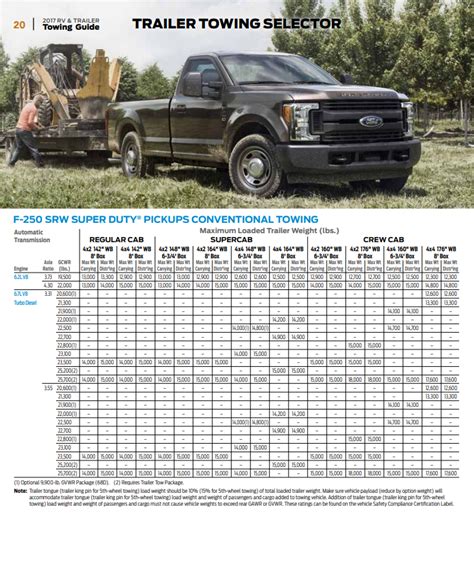
Maximizing Payload Capacity
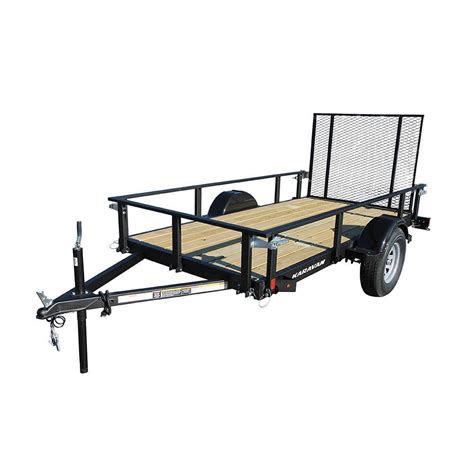
Maximizing payload capacity while ensuring safety is a delicate balance. Here are some tips to achieve this:
- Choose the Right Trailer: Select a trailer designed for your specific needs, considering its intended use and capacity.
- Optimize Load Distribution: Distribute the cargo evenly to maintain stability and avoid excessive weight on any one axle.
- Consider Axle Upgrades: If needed, invest in higher-capacity axles to increase the trailer’s payload capacity.
- Regular Maintenance: Regularly inspect and maintain your trailer to ensure it can handle the intended load.
- Use Weight Distribution Hitches: These hitches can help distribute the weight more evenly between the trailer and the towing vehicle.
The Impact of Payload Capacity on Trailer Performance
Payload capacity directly affects a trailer’s performance and handling. Overloading can lead to reduced maneuverability, increased wear and tear on tires and brakes, and potential issues with steering and stability. On the other hand, underutilizing the payload capacity may result in unnecessary costs and inefficiencies. Finding the right balance is crucial for optimal performance and safety.
Future Trends and Innovations
The trailer industry is constantly evolving, with advancements in technology and design aimed at improving payload capacity and overall performance. Here are some trends to watch out for:
- Lightweight Materials: The use of advanced materials like aluminum and composites is becoming more common, reducing trailer weight and increasing payload capacity.
- Smart Trailers: Integration of technology to monitor and optimize payload distribution, providing real-time data to users.
- Axle Innovations: Manufacturers are developing innovative axle designs to improve weight distribution and increase capacity.
- Aerodynamic Designs: Trailer designs are becoming more aerodynamic to reduce drag and improve fuel efficiency, especially for long-haul transportation.
Conclusion
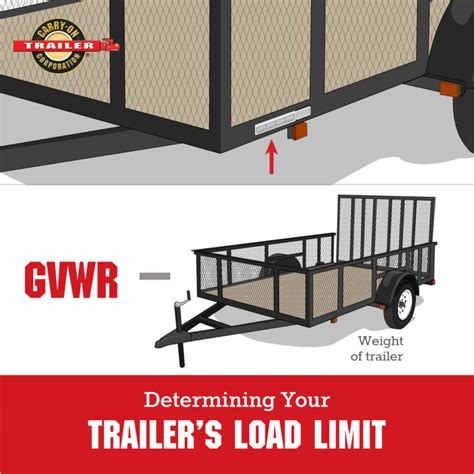
Understanding and optimizing payload capacity is a critical aspect of trailer usage. By considering the various factors that influence payload capacity and following best practices, users can ensure safe and efficient transportation. As the trailer industry continues to innovate, we can expect further improvements in payload capacity and overall trailer performance.
What happens if I exceed the payload capacity of my trailer?
+Exceeding the payload capacity of a trailer can lead to serious safety hazards. Overloaded trailers are more prone to accidents, can damage roads and bridges, and may cause issues with braking and steering. Additionally, it’s illegal in many regions and can result in fines and other penalties.
How often should I check my trailer’s payload capacity?
+It’s recommended to regularly check and recalculate your trailer’s payload capacity, especially if you make modifications or plan to carry significantly different loads. This ensures you’re always aware of the safe limits and can adjust accordingly.
Can I increase the payload capacity of my trailer?
+Yes, it’s possible to increase the payload capacity by upgrading certain components, such as axles or suspension systems. However, it’s important to consult with professionals and ensure that any modifications comply with local regulations and safety standards.



